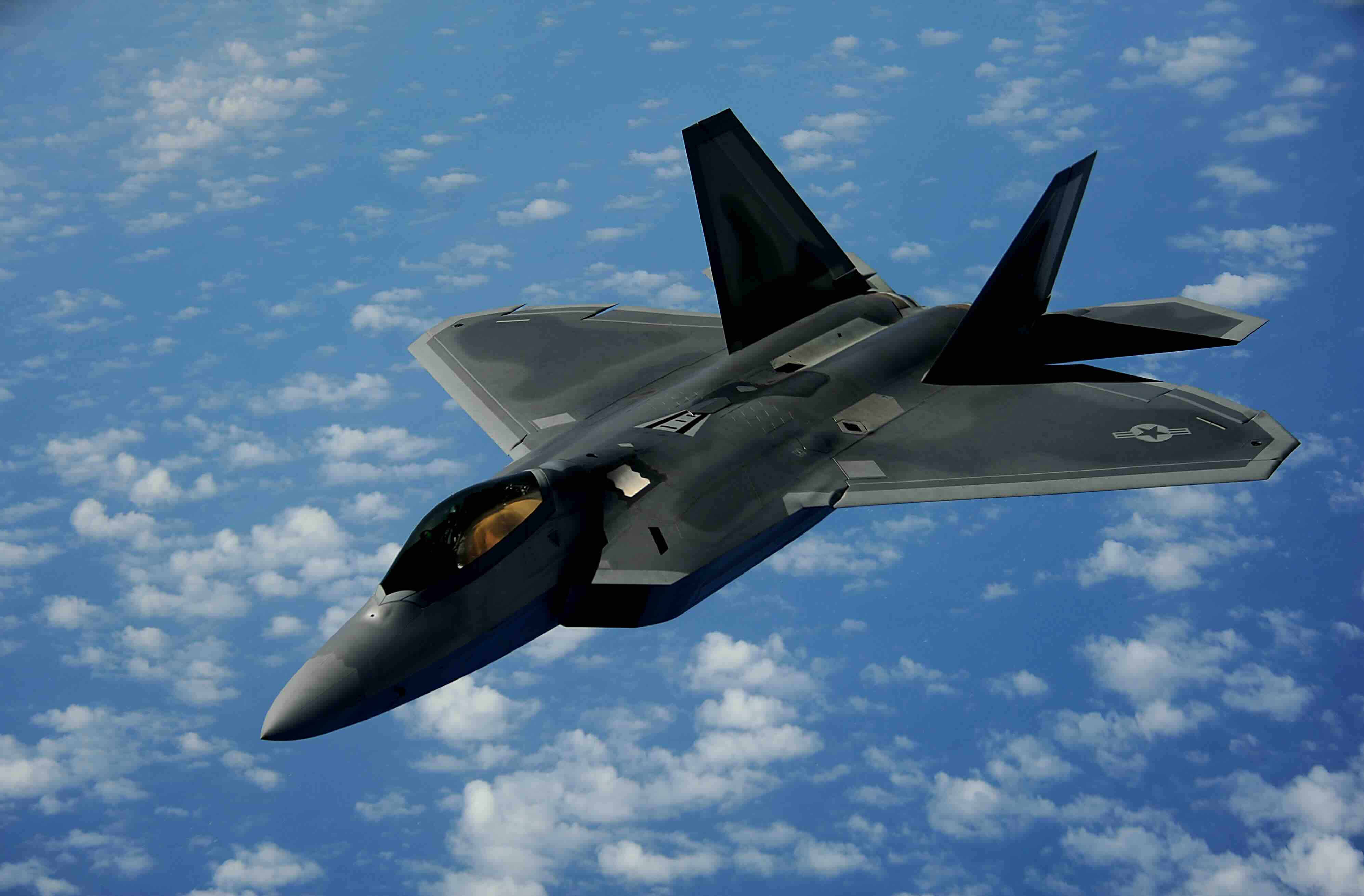Chang Guang, a prominent Chinese commercial aerospace company, has shared a video purportedly showcasing their Jilin-1 remote sensing satellite system tracking a U.S. F-22 Raptor stealth fighter jet. This six-second clip, dating back to 2020, has raised questions about the satellite’s capabilities and the implications for modern aerial combat.
Chinese researchers have recently unveiled a new radar technology designed to detect stealth aircraft like the F-22. Published in the Journal of Beijing University of Aeronautics and Astronautics, the study claims this technology can dramatically enhance the radar cross-section (RCS) of stealth fighters, making them appear as large as conventional jets with an RCS over 6 square meters. This would be a significant increase from the F-22’s typical RCS of approximately 0.0001 m².
The F-22 Raptor is renowned for its stealth capabilities, which make it nearly invisible to conventional radar systems. However, the ability of the Jilin-1 satellite system to track such an aircraft, even if only for six seconds, suggests potential advancements in surveillance and detection technologies. If these capabilities are sustained beyond the brief video, they could alter the strategic balance in aerial warfare.
The Jilin-1 Satellite System, since its launch in 2015, has expanded to include multiple satellites equipped with advanced imaging technologies. These satellites provide high-resolution images and videos with a ground resolution of up to 0.72 meters. The system’s high revisit frequency allows for near-real-time monitoring, making it valuable for various applications, including environmental monitoring and disaster response.
If Chinese researchers’ claims are accurate, this new radar technology could significantly impact the F-22’s stealth advantage. The technology reportedly uses multiple radars and a smart resource scheduling system to dynamically enhance the detection of stealth aircraft. This approach requires only three radars, which can be deployed in various locations, including land, ships, islands, or aircraft.
The implications of these developments are profound, especially given the current geopolitical tensions in the Asia-Pacific region. The F-22 relies heavily on its stealth capabilities to evade enemy defenses and deliver precise strikes. However, if China’s new radar system can provide accurate real-time tracking of stealth aircraft, it could undermine this key advantage, enabling more effective interception and targeting by Chinese defenses.
These advancements come as China increases the production of its J-20 stealth fighters and views American F-22s stationed in Japan as a significant threat. The ability to track stealth aircraft via satellite and link this data to ground stations could enhance China’s defensive and offensive capabilities in contested regions like the South China Sea and the Western Pacific.
Expanded Coverage:






